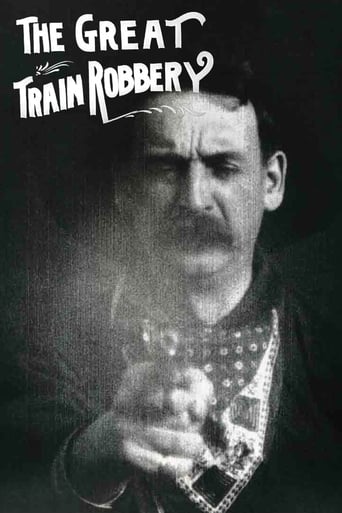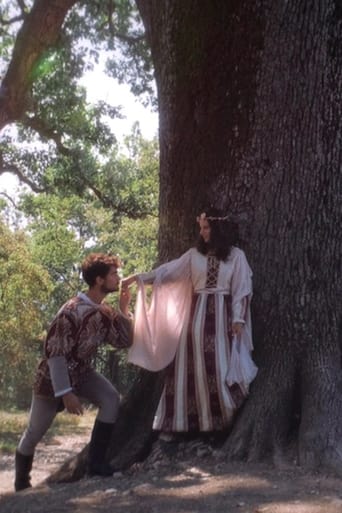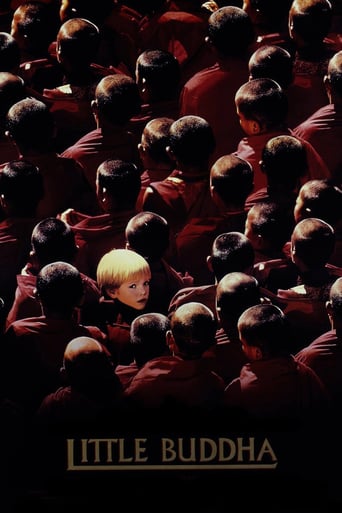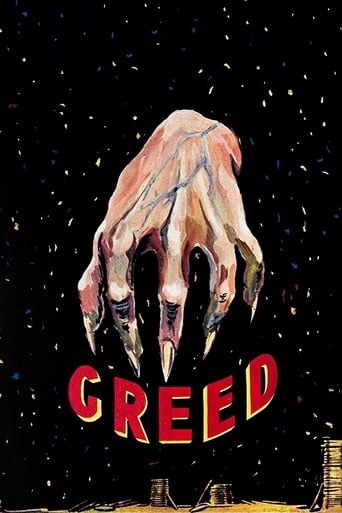


Nanook of the North
This pioneering documentary film depicts the lives of the indigenous Inuit people of Canada's northern Quebec region. Although the production contains some fictional elements, it vividly shows how its resourceful subjects survive in such a harsh climate, revealing how they construct their igloo homes and find food by hunting and fishing. The film also captures the beautiful, if unforgiving, frozen landscape of the Great White North, far removed from conventional civilization.
-
- Cast:
- Berry Kroeger


Similar titles
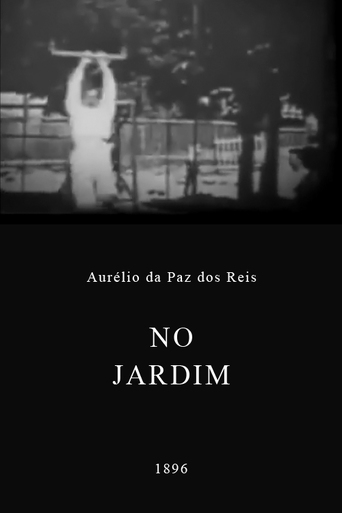




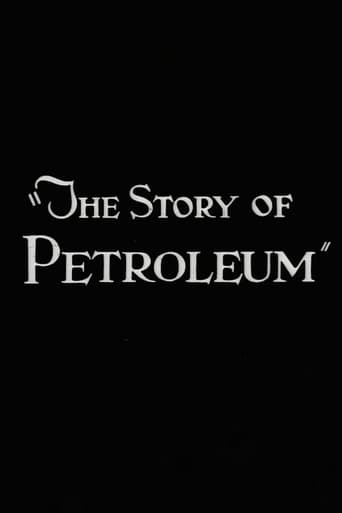

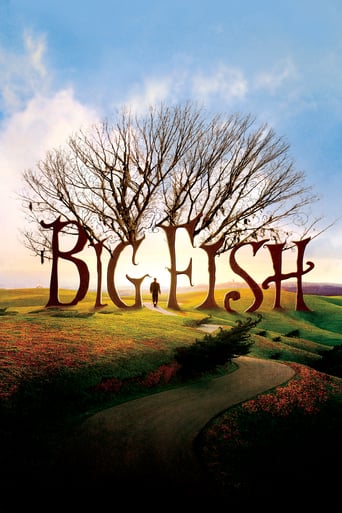

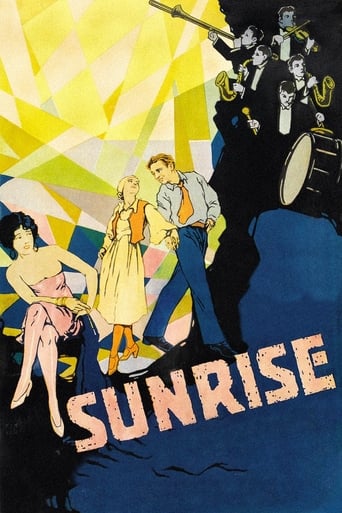
Reviews
Gripping story with well-crafted characters
This film is so real. It treats its characters with so much care and sensitivity.
Easily the biggest piece of Right wing non sense propaganda I ever saw.
The first must-see film of the year.
This silent film was made at the time when separation between drama and documentary did not exist, so is widely (and incorrectly) considered to be the first ever documentary film, I found it in the book 1001 Movies You Must See Before You Die, and I was really looking forward to it. Basically filmmaker Robert J. Flaherty spent a year living with and documenting the life of Nanook and his family, a group of Eskimos, or Inuits, living in the Arctic Circle. The family consists of Nanook, a superb fisherman and hunter; his wife Nyla; his other wife Cunayou; and his sons Allee and Allegoo. Approximately three-hundred nomadic people live in the Canadian Arctic, on the eastern shores of Hudson's Bay, in a region called Ungava. The film mostly follows the family as they travel through the white wilderness, in kayaks and on dog sled, they occasionally encounter western civilisation, but primarily live a life of subsistence. Nanook and the men stay alive hunting food, which is very difficult, their food sources are primarily sea related - salmon, seal and walrus, but they do occasionally encounter land animals as well, such as white foxes, polar bears and deer. The harsh weather conditions provide uncertain opportunities, and the ice shifting causes problems for both travelling and hunting, but Nanook manages to find a way for him and his family through the difficult situations. The best scene of the film is Nanook's amazing architectural skill and speed when building an igloo for him and his family to spend the night, using his large knife to sculpt the structure, creating makeshift ice bricks and a "glass" window. I agree the film is perhaps primitive looking by today's standards, a man and his family surviving in the frozen wastes, and it is obvious a few of the scenes were setup, but it remains a historic, ground- breaking piece of work, it should be celebrated as an inspirational landmark classic silent documentary. Good!
for its day, "Nanook..." was well done, despite the liberties taken by Flaherty, the director.it can be argued that there is no such thing as a "true" documentary.that the director cannot be wholly objective.however, what Flaherty achieved here in this film is remarkable and significant for film-making.I saw this film tonight on TCM as part of a special monthly series on Native Americans.it was specifically mentioned that Allakariallak, who played Nanook, did not die from starvation, as several reviews here on IMDb.com have stated.He died from tuberculosis.
Directed by Robert J. Flaherty, this moving feature about the hardships faced by an Inuit family is one of the seminal films of the silent era and brought about his reputation as "the father of the documentary". Although only having spent a few weeks out in the icy wilderness, Flaherty presents us with a series of beautiful vignettes that capture the absolute essence of the daily struggles for survival that Nanook and his people face. The audiences follows them on their long treks in the constant search for food; picking their way over floes and towers of ice in order to catch a fish or hunt seal and walrus. Yet amongst the hardships and privations, Flaherty also allows glimpses of the tenderness and love within the family. The joy of a meal, the warmth of a shelter, the fascinating communal construction of an igloo. The humanity of the Inuits is rendered with heartwarming affection. However, often setting his subjects against the bleak yet stunning vistas of unending snow, Flaherty leaves the audience in no doubt that the environment is as much the star. Some critics argue that Nanook is not a true documentary as Flaherty staged some scenes and directed his subjects. However, these critics are wildly missing the point. Nanook Of the North is as much about the barren landscape that Nanook and his clan wander. At its centre, this film is the age old tale of the battle between man and nature. This is none more evident of the films wonderful final scenes. Caught in a blizzard, the family are forced to find refuge in an abandoned igloo. A happy respite together from the wild storm outside. This scene has been given extra poignancy with the tragic knowledge that Nanook and his family perished in such a blizzard a few months after the film was released. It's a sad footnote to a tremendous film. A masterpiece of film making that inspires and enthrals and, most importantly, celebrates nature, life and humanity.
This is a fascinating documentary from Robert Flaherty, a very prolific director of early documentaries. He follows the adventures of the Eskimo Nanook, and we get to see what life was like for the Eskimo in the early 20th Century as we watch Nanook with his family, hunting for food, and building igloos.This is really amazing stuff for 1922. It feels like it could have been made long after that. That's probably due to the fact that it relies on real settings and real people. It's not bound by the restrictions of manufactured sets, costumes, etc. of the period. However, though it looks utterly authentic, don't be fooled into thinking that Flaherty gives us a purely realistic snapshot of Eskimo life. He planted the early seeds of reality t.v. with this film, making careful use of editing to create a narrative with all of the melodramatic trappings of any studio picture. Though it's a fascinating film, it's also a reminder that documentary film is just as manipulative as fiction, and that Michael Moore wasn't the first to corner the market on presenting fiction as fact.Grade: A

